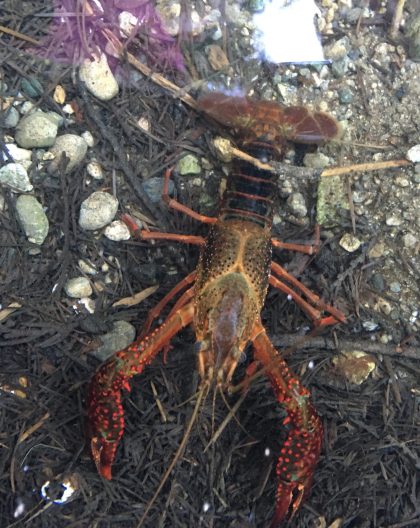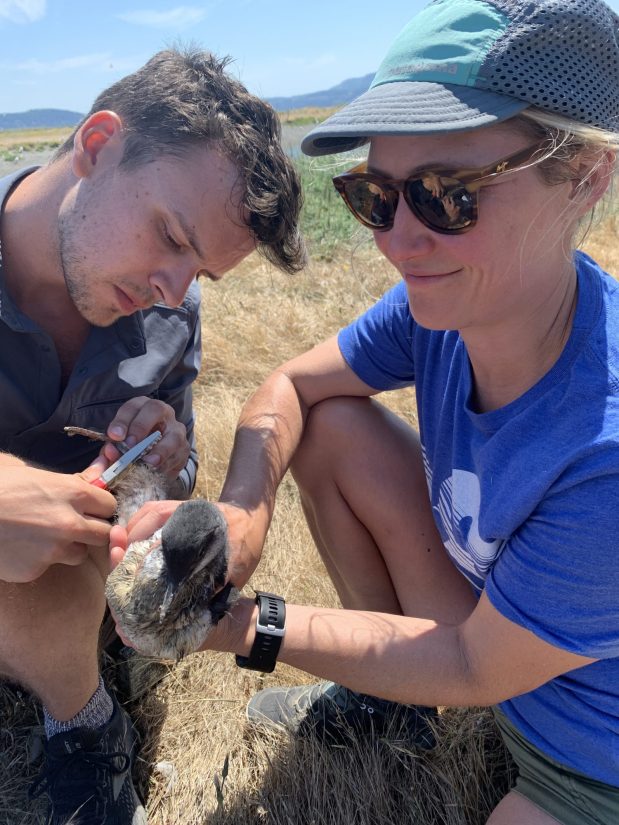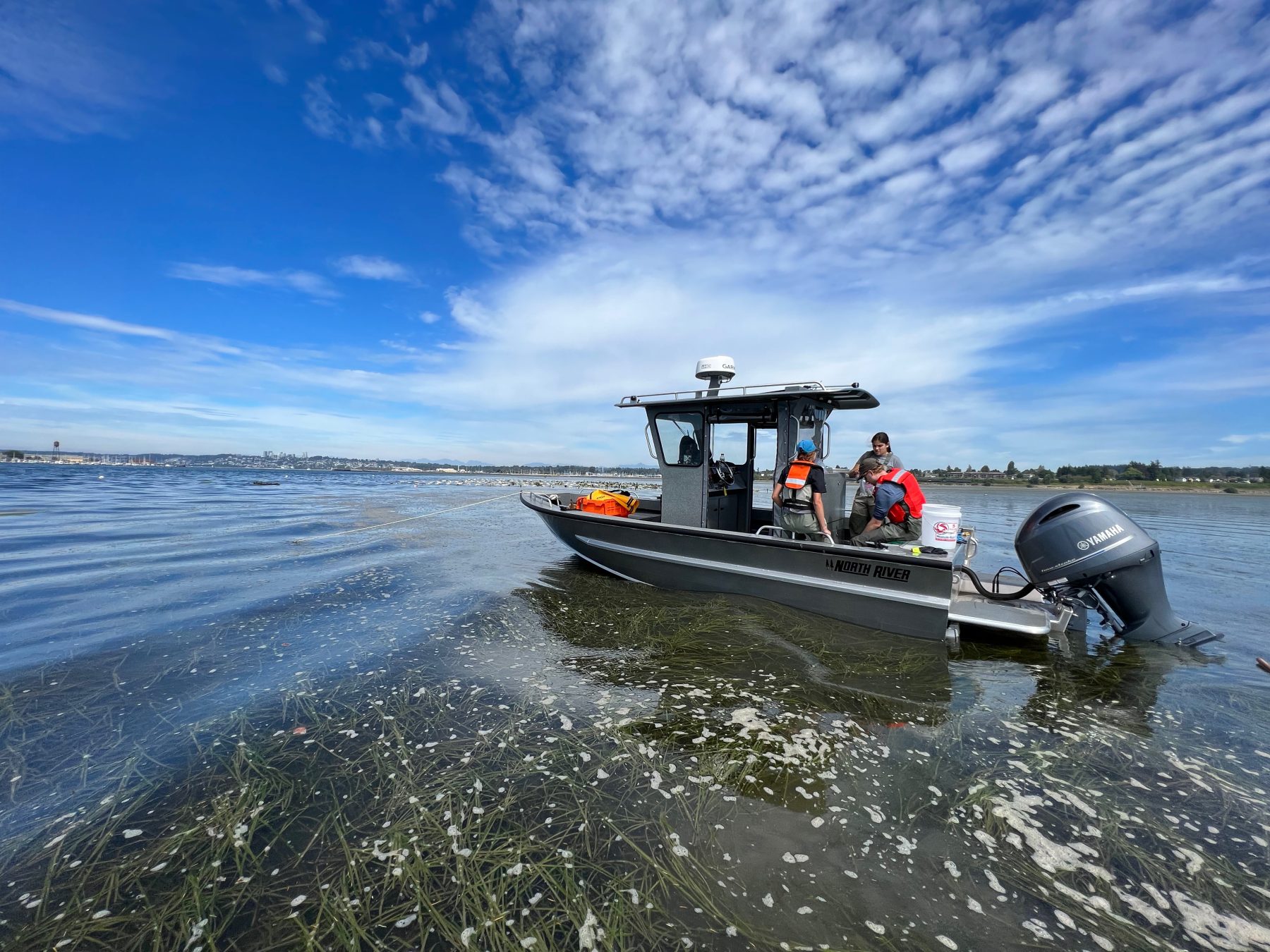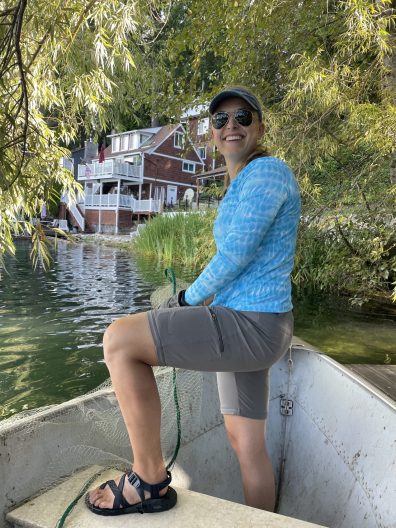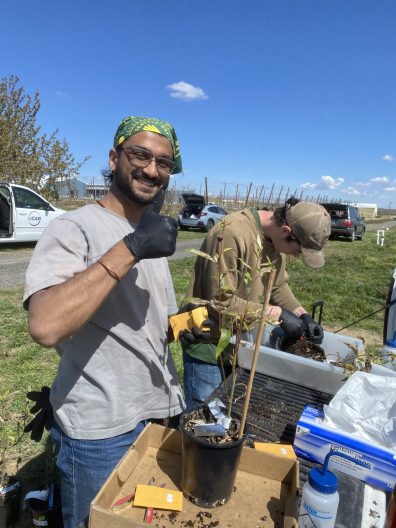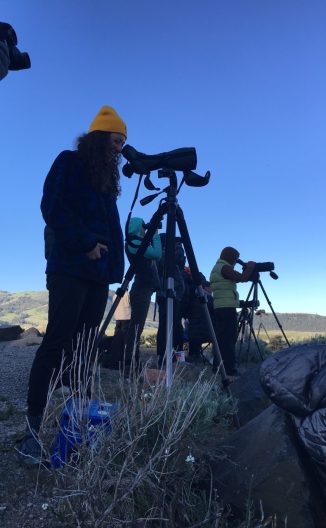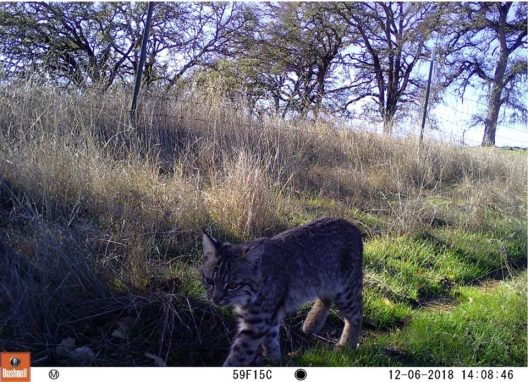Immersive fieldwork, a bridge program for community college students, a unique research opportunity – these are just some of the ways to describe the GEODUC program, whose team has been awarded the College of the Environment’s Outstanding Commitment to Diversity, Equity, Inclusion, Justice and Accessibility Award.
The GEODUC program – which welcomes transfer students each September into the UW marine geosciences – is led by José Guzmán, (Marine Biology and SAFS), Mikelle Nuwer (Oceanography), Kerry Naish (Marine Biology and SAFS), LuAnne Thompson (Oceanography), and Jane Dolliver (Dean’s Office, College of the Environment).
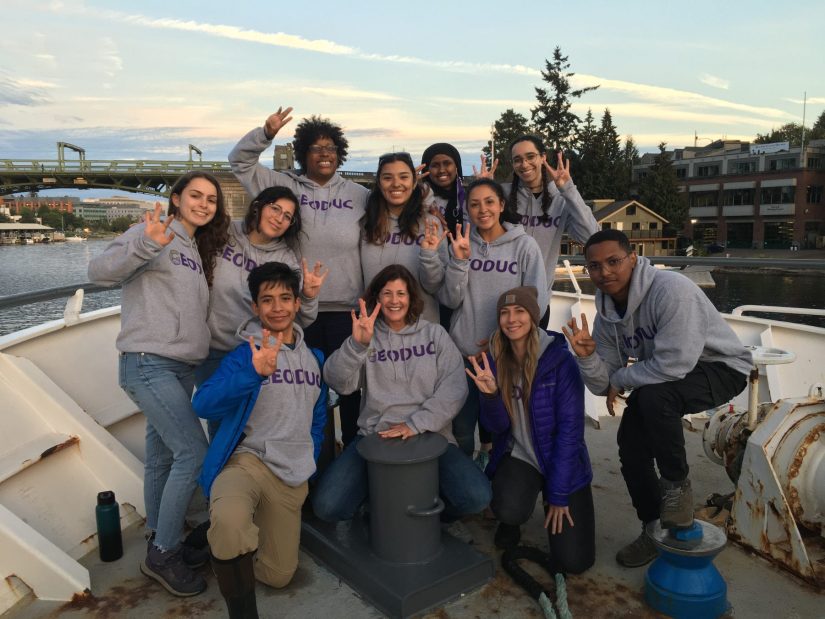
GEODUC is an innovative program heading into its second year, with core aims that include building confidence with quantitative skills, creating a support network for incoming community college transfer students, and enhancing the diversity in the Marine Sciences through recruitment of Community College students.
Starting off with a 10-day immersive experience based at UW’s marine field station, Friday Harbor Labs, the program continues to run throughout the academic year. The group meets weekly, exploring themes such as how to succeed at UW, how to communicate effectively and how to participate in research. The group also explores career paths within marine geosciences. Benefiting from meetings with faculty, advisers, peer GEODUC students, and guest speakers from external agencies like NOAA, GEODUC students are given a diverse mix of academic and professional perspectives and guidance.
Funded by the NSF and bringing together the expertise of UW’s Oceanography, Marine Biology, and Aquatic and Fishery Sciences departments, the GEODUC program is already demonstrating success in its core aims with all 11 students admitted from last year fully engaged in STEM majors at UW.
Of the 15 total students that have participated, two have added a double major in geoscience, one student switched into a geoscience degree, and five joined the pilot Identity, Belonging and Inquiry in Science (IBIS) project, aimed at creating research teams, supported by evidence-based mentoring practices.
Building on the goals of GEODUC, José, Jane and Mikelle set up the IBIS project to help undergraduates deepen their science identity in marine sciences. With grant funding through the Royalty Research Fund (RRF) and support from the Dean’s Office, the mentoring program pairs graduates and undergraduates on a graduate-mentored research project housed within the lab of a faculty member.
The decision to award the GEODUC team celebrates the cross-disciplinary and cross-unit team of faculty and staff involved in identifying a problem and delivering a creative solution to tackle it, and their steps towards ensuring a more diverse and represented student population who have the skills, knowledge and support to continue their studies at UW and embark on future careers as marine scientists.
